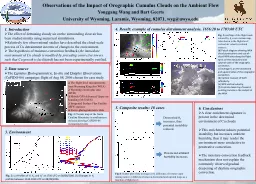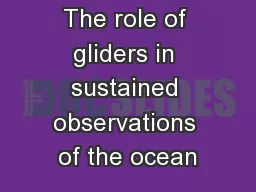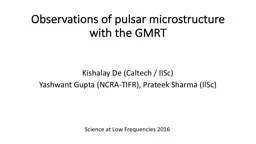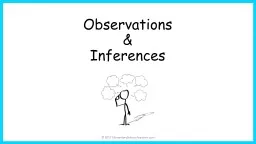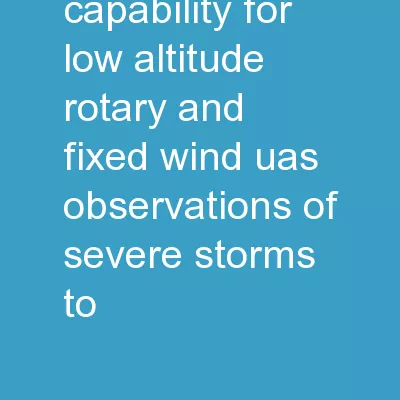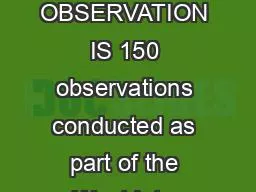PPT-Observations of the Impact of
Author : ellena-manuel | Published Date : 2016-03-28
Orographic Cumulus Clouds on the Ambient Flow Yonggang Wang and Bart Geerts University of Wyoming Laramie Wyoming 82071 wyguwyoedu 1 Introduction The effect of detraining
Presentation Embed Code
Download Presentation
Download Presentation The PPT/PDF document "Observations of the Impact of" is the property of its rightful owner. Permission is granted to download and print the materials on this website for personal, non-commercial use only, and to display it on your personal computer provided you do not modify the materials and that you retain all copyright notices contained in the materials. By downloading content from our website, you accept the terms of this agreement.
Observations of the Impact of: Transcript
Download Rules Of Document
"Observations of the Impact of"The content belongs to its owner. You may download and print it for personal use, without modification, and keep all copyright notices. By downloading, you agree to these terms.
Related Documents

